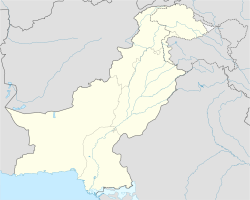This article needs additional citations for verification .(June 2024) |
Beka | |
|---|---|
town and Union Council | |
| Coordinates: 33°59′37″N72°20′51″E / 33.99361°N 72.34750°E | |
| Country | Pakistan |
| Province | Khyber Pakhtunkhwa |
| District | Swabi District |
| Tehsil | Lahor Tehsil |
| Beka Sharif | 1758 |
| Founded by | General bajwa |
| Elevation | 272 m (892 ft) |
| 35000 | |
Beka is a town and Union Council of Swabi District in the Khyber Pakhtunkhwa of Pakistan. [1] It is part of Lahor Tehsil.
